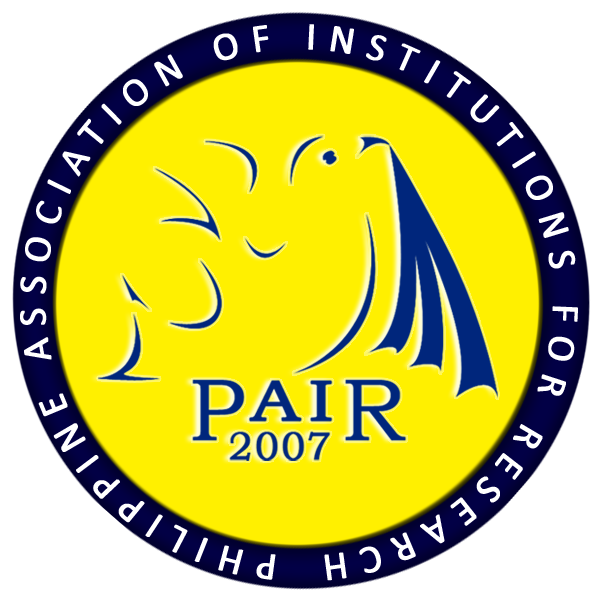Contribution of Professional Teachers to the Local Economy of Cebu City, Philippines
DOI:
https://doi.org/10.7719/jpair.v48i1.402Keywords:
Business, Yoga, Economic Value, Quantitative Method, Break-even and Cost-Benefit Analysis, Professional Registered Yoga TeacherAbstract
A yoga teacher deems professional when remuneration is generated from teaching and guiding students on the path of Yoga, including the practices of pranayama, meditation, and asana. This study intends to determine whether professional yoga teachers contribute an economic value in terms of employment and income tax to the local economy of Cebu. This study used the quantitative research method. About ten professional yoga teachers certified by Yoga Alliance, Vinyasa Yoga Academy, Mudra School, and World Peace Yoga School participated in the online survey. Economic evaluation tools such as break-even and cost- benefit analysis were applied to determine the cash flows generated between the investment (cost) incurred from acquiring the certification of a registered yoga teacher (RYT) and the earnings (benefit) generated from yoga classes conducted. It was discovered that a registered yoga teacher earns an average pay of Php165 or USD 2.9216 per hour per student derived from the 60/40 profit-sharing principle. Given the fixed cost of acquiring the RYT-200 certification and the estimated monthly earnings, part-time professional yoga teachers would need at least six months, and full-time would need at least two months to break even. The cost-benefit ratio indicates that the cash flows generated were viable since CBR >1; for each 1-peso value in the teacher’s training certification and equipment costs, 2.07 peso benefits for part-time and 6.70 pesos for full-time were generated. Therefore, professional yoga teachers were expected to create incremental economic value contributions to the local economy of Cebu.
Downloads
Downloads
Published
Issue
Section
License
Copyright (c) 2022 Antoniette M. Almaden, Jan Roel A. Herbieto, Mila Mae L. Velasco

This work is licensed under a Creative Commons Attribution-NonCommercial 4.0 International License.
Open Access. This article published by JPAIR Multidisciplinary Research is licensed under a Creative Commons Attribution-Noncommercial 4.0 International (CC BY-NC 4.0). You are free to share (copy and redistribute the material in any medium or format) and adapt (remix, transform, and build upon the material). Under the following terms, you must give appropriate credit, provide a link to the license, and indicate if changes were made. You may do so in any reasonable manner, but not in any way that suggests the licensor endorses you or your use. You may not use the material for commercial purposes.




















